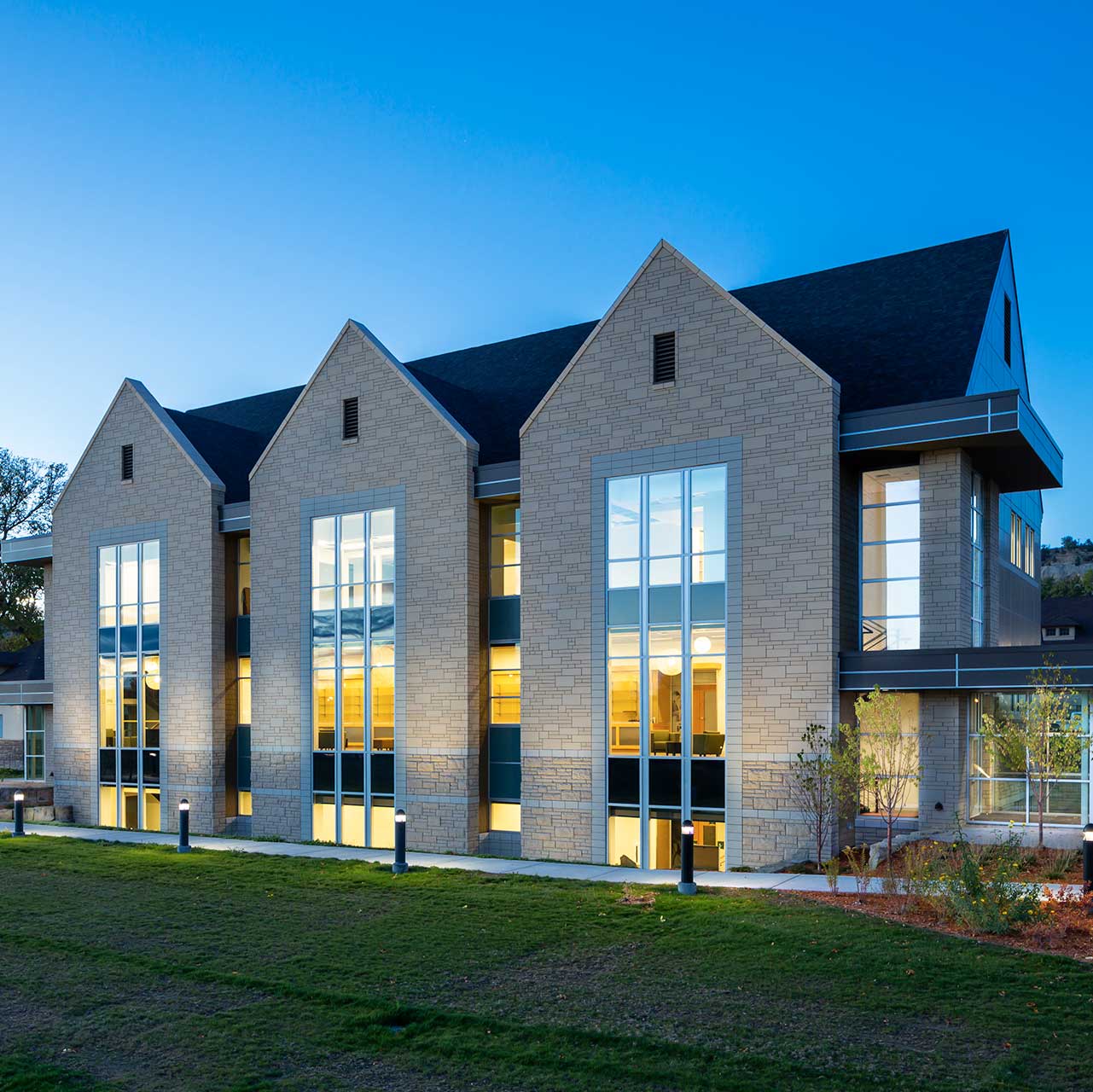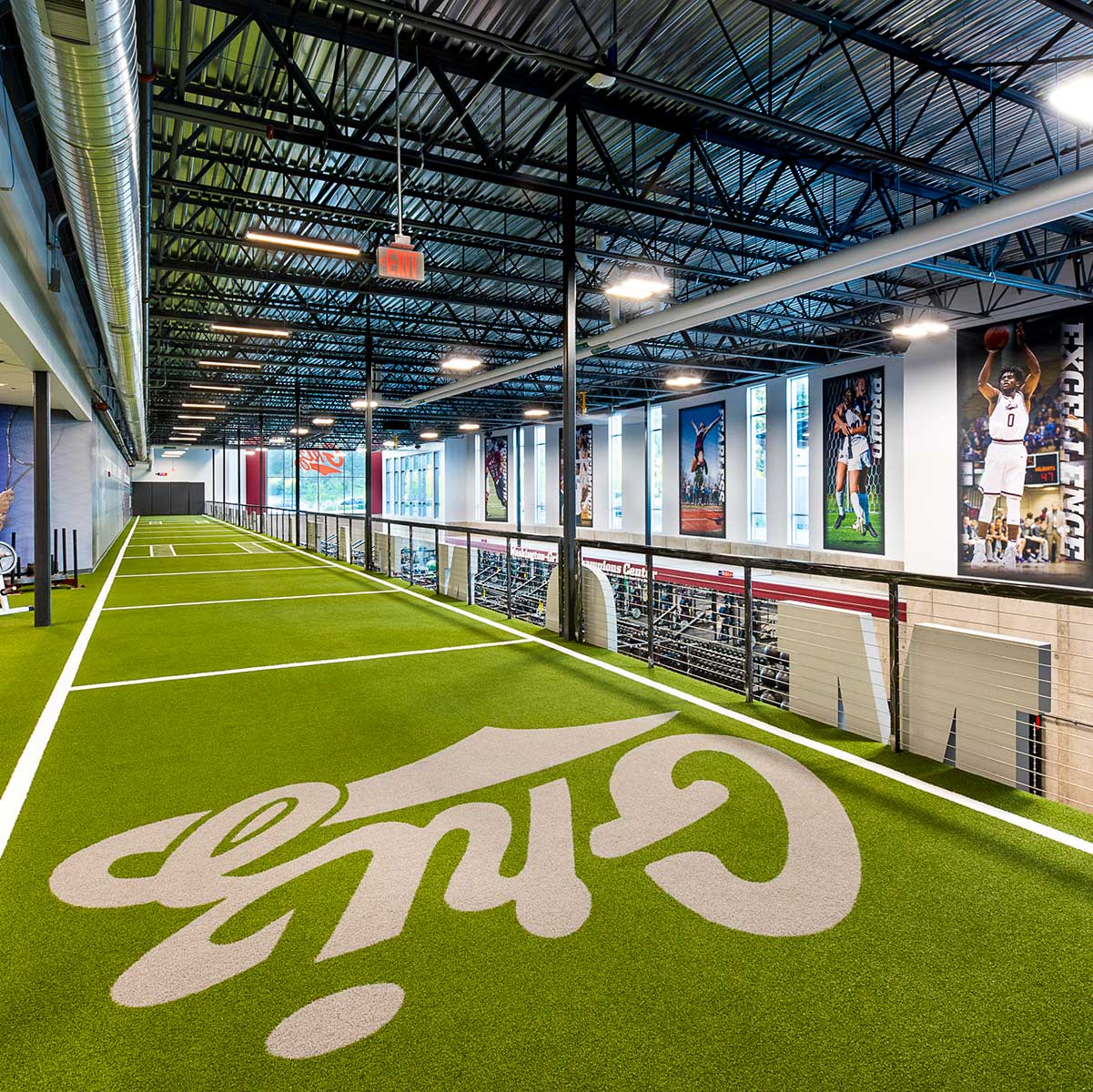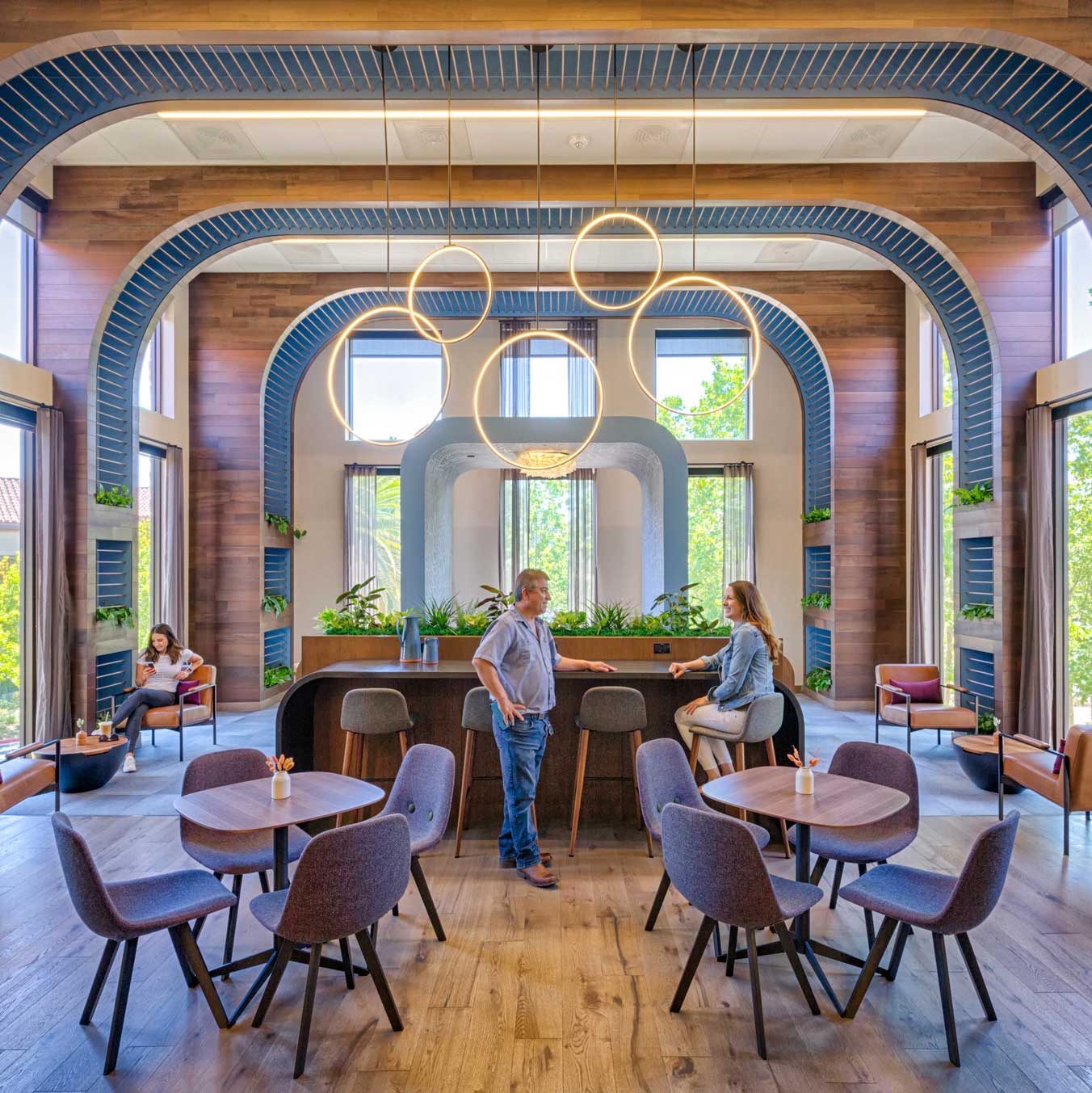Whole Building
From ELECTRIFICATION to CERTIFICATION…
and Everything in Between
Addressing climate change through the built environment is imperative.
As design professionals, we have a responsibility to help our clients work toward and meet zero emissions goals to accelerate decarbonization. With each project we take on, we apply our multidisciplinary design services to maximize energy efficiency; electrify building systems; integrate renewable energy; ensure holistic, high performance; and adapt and preserve existing buildings. Above all, we’re here to help you realize a successful project that is good for people and the planet.
Defining Decarbonization
Building decarbonization refers to the intentional reduction of greenhouse gas emissions associated with building design, construction, and operations. The built environment contributes approximately 40% of annual, global CO2 emissions, the primary contributor to global warming. With such a significant contribution comes an important opportunity (and great responsibility) for impactful and essential reductions.
The three scopes of emissions (defined by the Greenhouse Gas Protocol of 2001) categorize the different types of carbon emissions a company creates.
Scope 1 emissions. Green House Gas (GHG) emissions that a company makes directly — for example while running its boilers and vehicles.
Scope 2 emissions. GHG emissions a company makes indirectly, such as from the electricity or energy it buys for heating and cooling buildings.
Scope 3 emissions. GHG emissions associated, not with the company itself, but that the organization is indirectly responsible for, up and down its value chain. For example, from buying products from its suppliers, and from its products when customers use them.
Getting Started with Your Decarbonization Goals
Whether renovating an existing building or designing and constructing a new one, reducing building-related carbon emissions begins with measures to enhance the energy efficiency of the building envelope and the performance of all building systems. Decarbonization relies on leveraging all opportunities for buildings to transition away from fossil-fuel-based energy sources.
Short- and long-term planning for this transition can include:

Energy Performance and Electrification. We can help you optimize your building’s overall energy performance through design strategies related to orientation, massing, building envelope, HVAC and electrical systems, daylighting, construction materials, and more to maximize energy efficiency and reduce energy needs. We can also help you pursue building electrification with the goal of exclusively utilizing electricity from renewable sources through a utility provider and/or on-site renewable energy, or ensure your building is solar-ready to serve future needs with expanded electric capacity. Learn more.

Building Performance Analysis. To help you realize healthy, happy, productive places that are resource efficient and operationally resilient, we offer a holistic design perspective steeped in research-based methodologies that equate to long-term performance, adaptability, and a great user experience. Beginning in the early stages of a project, we use energy modeling to optimize designs and systems. After construction, we “close the loop” with post-occupancy evaluation. Custom-tailored to each project, the process includes steps such as analyzing utility bills to compare actual vs. modeled performance, surveying occupants, and taking on-site measurements of space conditions. Learn more.

Embodied Carbon. Strategies for tackling embodied carbon — the carbon dioxide (CO₂) emissions associated with materials and construction processes throughout the lifecycle of a building or infrastructure — include prioritizing the adaptation and reuse of existing buildings and making thoughtful materials selections by sourcing products from manufacturers who intentionally reduce the environmental impact and carbon footprint of their products as well as the creative reuse of existing materials for new purposes.

ESG Program Support. ESG (Environmental Social Governance) criteria are used by investors to make socially responsible investment decisions, considering not only financial performance, but also the broader impact a company has on society and the environment. Whether your organization has a mature ESG (Environmental Social Governance) program or you’re gearing up to establish baselines, our team offers the multidisciplinary capabilities to serve as your partner in the formation and implementation of your program and beyond. Learn more.

Low or Zero GWP Refrigerants. Refrigeration management — reducing GHG emissions from cooling systems — is considered one of the most impactful steps to addressing climate change. With 4,000+ commercial refrigeration design projects, our team has undertaken groundbreaking work that includes the first ammonia/CO2 cascade system in a U.S. grocery store and delivering the EPA GreenChill Partnership program‘s first platinum rating for a grocery store. Our refrigeration engineering experts can help you plan for and/or switch to advanced, efficient, natural refrigeration systems through conversion, replacement, or modification to significantly reduce emissions. Learn more.

Funding Mechanisms. We work with clients to explore the total cost of ownership, or life-cycle cost, of all options to help you make informed decisions and help identify funding mechanisms to reduce the cost of the project and optimize your investment. For example, we use rebates available from local utilities to help offset the costs of efficient equipment; identify Inflation Reduction Act (IRA) funding opportunities; explore Property Assessed Clean Energy (PACE) funding; and research a variety of grants and other ways to help you cost-effectively decarbonize your buildings.

Green Building Certification. To navigate the world of green building certifications, you not only need a partner with in-depth knowledge about the requirements for each, but someone who can help you align your design goals and needs with those specific programs and determine which will work best for you and your project. Our sustainability experts have experience in the implementation, documentation, and management of a variety of green building certification programs as well as state and federal government programs to help you make your mark. Learn more.
Multidisciplinary Decarbonization Services
All the ways we can support decarbonization goals for your project.

Existing Buildings
Learning from existing buildings and their renovations provides a path forward for future design. We evaluate the operating performance of facility systems and equipment to determine potential improvements.
Through energy audits, we identify sources of energy use and pinpoint cost-effective strategies for energy savings. We provide building owners with options to reduce energy consumption while maintaining or improving human comfort, health, and safety. We also benchmark energy use over time, and can compare energy use for similar buildings in comparable regions to further understand how your building systems are performing.
Converting from fossil-fuel combustion to all-electric equipment requires coordination with local utility providers and specific knowledge of HVAC equipment, water heating technologies, and kitchen equipment. Our multidisciplinary design team can guide you through the process of electrifying your facility.
We work with building owners to develop tailored strategies for energy-use reduction, from full systems solutions as it relates to HVAC and lighting, to upgrades for building envelopes, windows, and doors. Energy conservation measures often result in short- and long-term cost savings as well as resilience, safety, and security. We explore the total cost of ownership, or life-cycle cost, of all relevant options to help you make informed decisions for the life of your building. Our team will help you find funding mechanisms, like the Inflation Reduction Act (IRA) and local utility incentives, to reduce the cost of the project and optimize your investments.
Our historic preservation team can advise on the adaptive reuse of buildings, an approach that values a structure’s original look and history but revitalizes it with a new purpose. Adaptive reuse makes it possible to maintain a building or site’s cultural heritage, minimize a project’s carbon footprint, and minimize urban sprawl.
Retro-commissioning provides a thorough diagnostic check of all systems and the adjustment of systems to operate according to the original design specifications. Alternatively, the systems can be modified to reflect changes to building operations and owner objectives since the original design. This is an essential tool in ensuring reliability, safety, energy efficiency, and quality requirements are fulfilled.
On-site renewable energy can be incorporated into existing buildings, but the electrical and structural systems must be evaluated, and modified in some instances. Our integrated team will explore the options to arrive at the best solution for your facility and help you find funding mechanisms, like the Inflation Reduction Act (IRA) and local utility incentives, to reduce the cost of the project and optimize your investments.

New Construction
Thoughtful site selection sets a project up for success and can have a significant impact on carbon emissions. Sites that have amenities such as bike paths and nearby bus stops and retailers limit emissions from transportation. Similarly, selecting sites with existing infrastructure limits the amount of development required, reducing the materials brought onto the site. In areas with district energy systems, selecting the right site will help the building tie into clean energy infrastructure, reducing carbon emissions and operational costs.
When projects include multiple facilities, it is important to consider district-level thermal and electrical energy solutions. Fluctuations in building thermal load profiles allow energy to be shared from one building to another and result in lower heating and cooling capacity requirements. Microgrids offer a cleaner solution to power generation through renewable energy and storage. Additionally, technology like combined heat and power (CHP) results in low carbon intensity electricity and additional heat that can be distributed to building loads.
Through a variety of tools such as energy modeling, building automation system analysis, daylight analysis, and computational fluid dynamics our team of multidisciplinary experts can help develop strategies to optimize your building’s performance. We explore the total cost of ownership, or life-cycle cost, of all relevant options to help you make informed decisions for the life of your building. Our team will help you find funding mechanisms, like the Inflation Reduction Act (IRA) and local utility incentives, to reduce the cost of the project and optimize your investments.
According to the AIA, the emissions associated with the extraction, manufacturing, transportation, installation, and maintenance of building materials accounts for 28% of building sector emissions. Using life-cycle assessment tools, we reduce the carbon footprint of buildings through thoughtful material selections. Strategies include reusing materials when possible, reducing high carbon intensity materials, and sequestering carbon through materials selection and landscaping.
Most buildings can be designed to be fully electrified at little or no additional cost as compared to those with fossil-fuel combustion on site, but this requires careful coordination with local utilities and all trades involved. Our integrated multidisciplinary team will guide you through the process of developing and building a fully electrified building.
Commissioning entails a thorough quality assurance process that begins during a building’s design phase and continues through construction, occupancy, and operations as well as warranty-phase stages. Commissioning ensures new buildings operate according to the owner’s intent and building staff members are prepared to operate and maintain its systems and equipment.
A post occupancy evaluation — or POE — is a detailed look at how a facility is meeting the original design objectives and operational requirements. It’s also a review of how occupants are using the space and how they feel about it. The POE process offers valuable insights into occupant satisfaction, building operations, and energy consumption.
Design for a Better Built Environment
Our Climate Commitments
As a signatory of the AIA 2030 Commitment, we’re part of an industry-wide movement pushing for all new buildings and major renovations to be carbon neutral by 2030. Each year in support of this initiative, we use energy modeling to benchmark our projects against industry averages and track our progress toward meeting the fossil-fuel reduction targets determined by the 2030 Commitment.
In 2022, we reduced carbon emissions associated with our projects by 1.75 million tons of CO2 and are proud of the projects in our portfolio that are on track to meet the current AIA 2030 reduction target of 80% below the regional average performance standard.
Additionally, Cushing Terrell is part of a group of 4,200 small- and medium-sized enterprises (SMEs) who’ve committed to cut greenhouse gas emissions in half before 2030, achieve net-zero emissions before 2050, and disclose progress on a yearly basis. The SME Climate Commitment provides a path for SMEs to join the United Nations Race to Zero campaign — a coalition of businesses and governments committed to achieving net-zero emissions by no later than 2050.
The lessons we’re learning from our own decarbonization efforts provide us with the knowledge and experience to help guide clients who are interested in implementing their own zero carbon strategy.
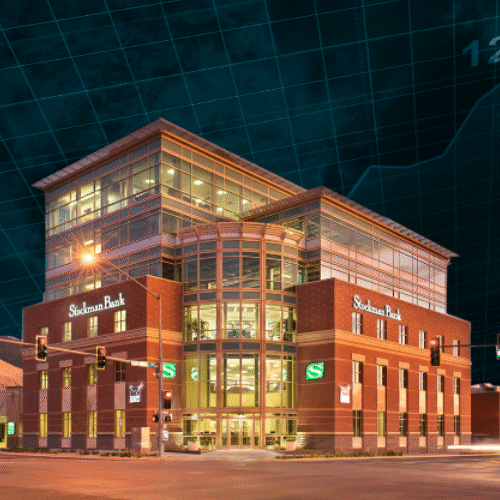
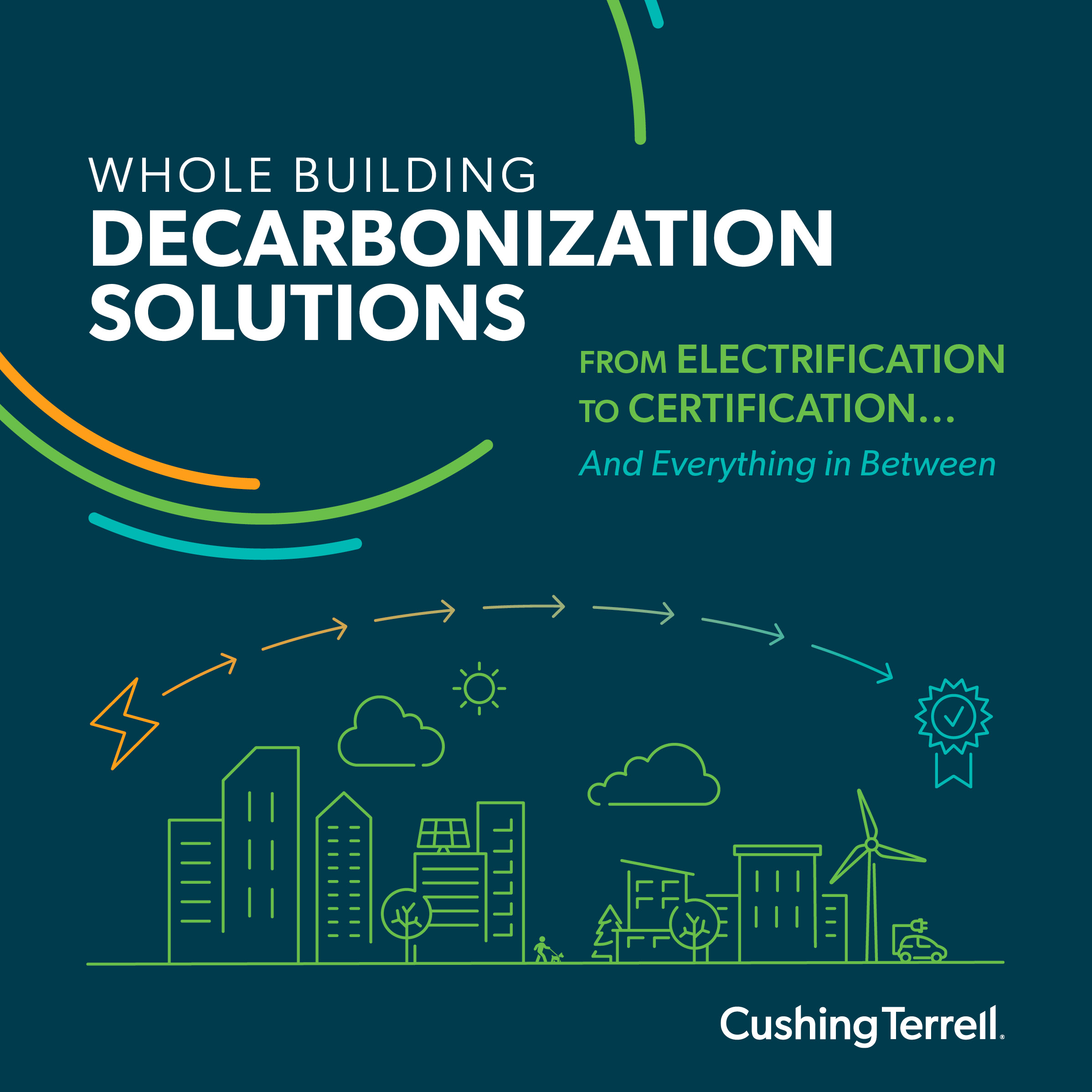
Multidisciplinary, Integrated Design =
Holistic Decarbonization
A cornerstone of sustainable design is a whole-building approach where all aspects of a project are considered as an interwoven ecosystem. At Cushing Terrell, we utilize the expertise of our multidisciplinary team — ranging from architecture, interior design, and landscape architecture to civil, electrical, mechanical, and structural engineering, as well as specialty services such as adaptive reuse, energy services, on-site renewable energy, commissioning, and refrigeration engineering — to help our clients realize a successful project.
Our design process is characterized by close coordination with in-house teams as well as early collaboration with project partners to identify synergies between design elements and building systems. Having all parties involved from the initial design phases creates a closer working relationship as well as opportunities for invention, resulting in holistic, lifecycle solutions. This approach is critical to solving today’s increasingly complex environmental design challenges such as decarbonization.

